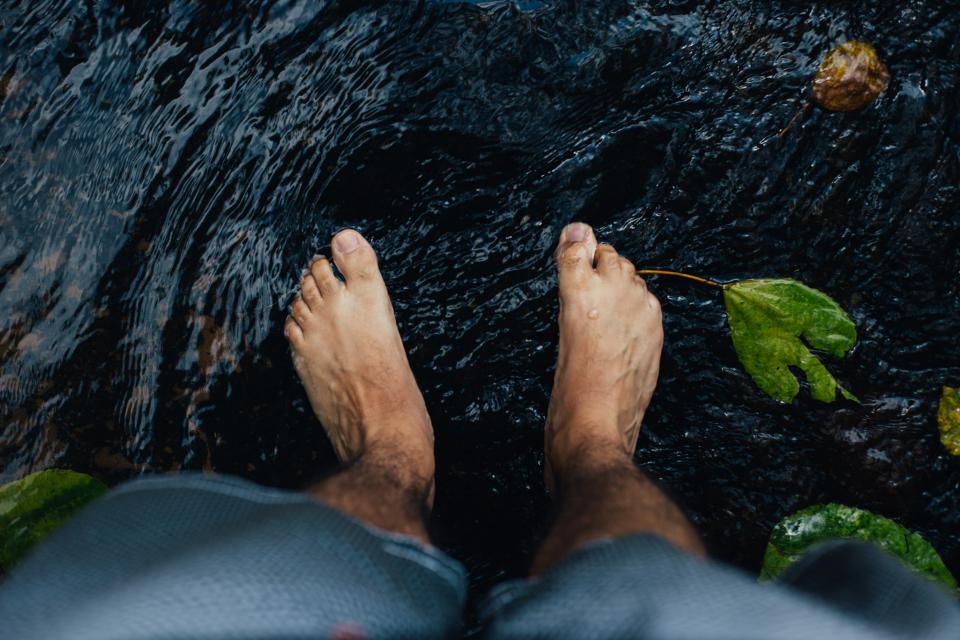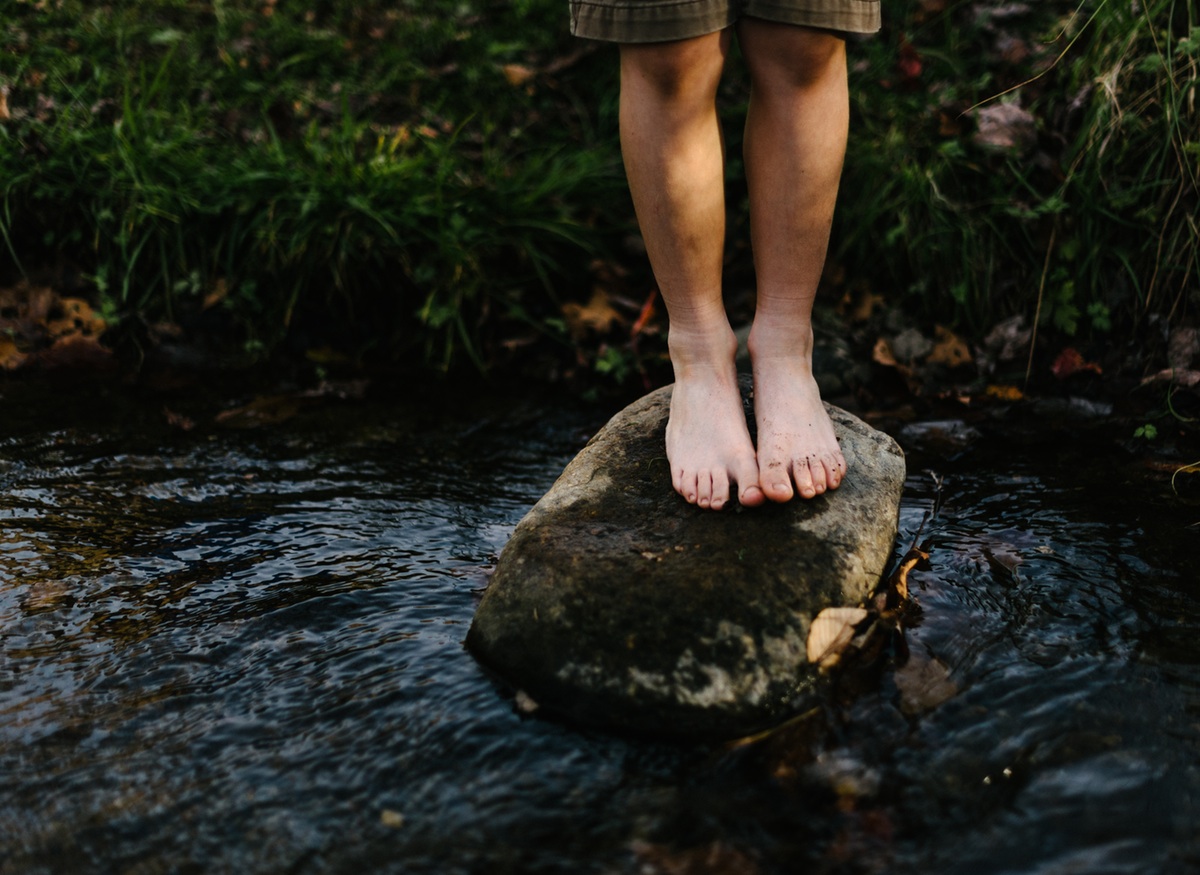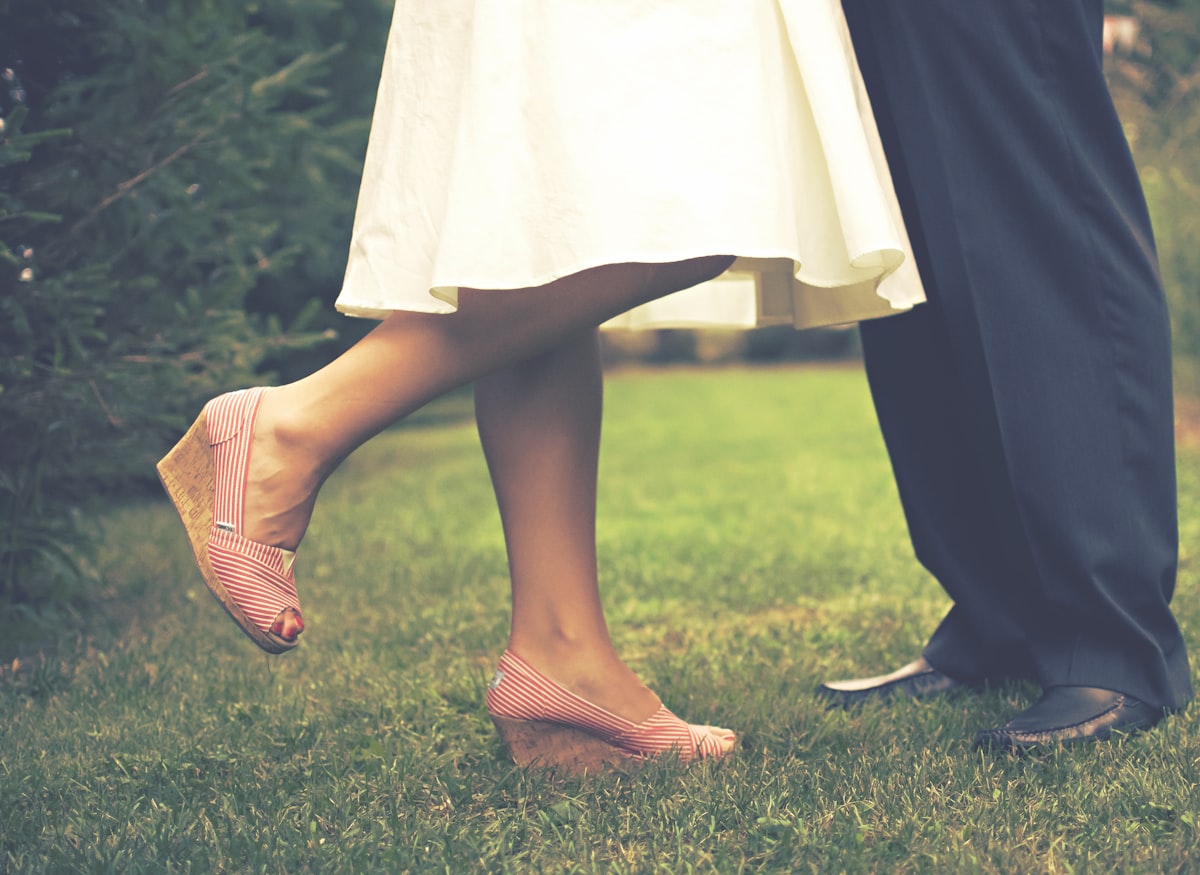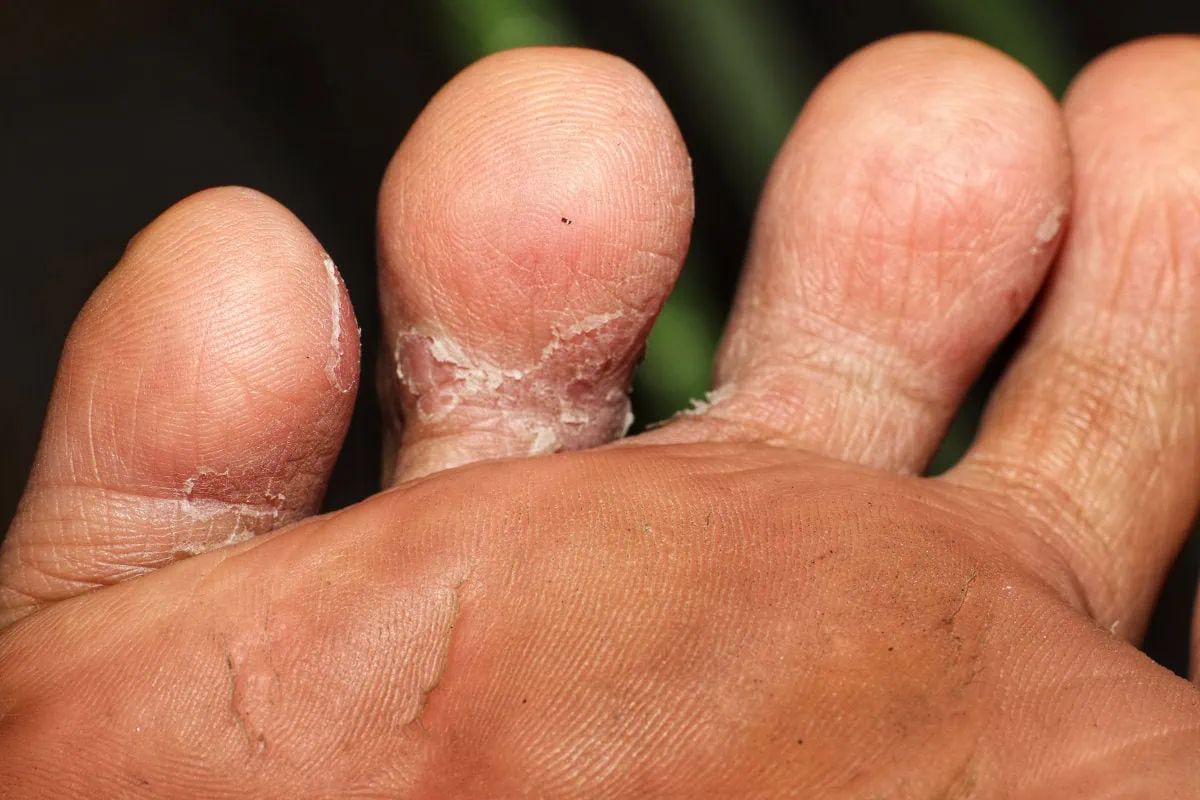
Tinea Pedis aka Athlete’s Foot – Anderson Podiatry Center
Athlete’s foot is one of the more common conditions of skin of the foot. It is suggested that about 33% to 50% of the population have athlete’s foot at any given time, and that up to 70% of us will have athlete’s foot. Another term for athlete’s foot is tinea pedis referring to it being on your feet. However, it can also affect other parts of your body as it is one of the most common infections of skin. In the feet, it may affect skin and nails. For some patients it may be present as interdigital tinea pedis which means that the moist areas between the toes is where one gets a significant amount of fungal growth.
What are the symptoms of athlete’s foot?
The symptoms can include dry, scaly skin, as well as itching redness and cracking that may become painful in some more severe cases. Typically, tinea pedis presents in a moccasin pike presentation on the bottoms and side of your feet. It may also appear as a vesicular type of infection which means there are small fluid-filled blisters that develop on your feet and they may possibly leak. They may also appear as an ulcerative infection which commonly appears between the toes and may create open sores (ulcers).
What causes tinea pedis?
Fungus likes to grow in warm, moist places, and that is the environment our feet are in most of the time. This makes our feet more prone to contracting or developing tinea pedis. It may also be related to your immune system, and in some situations, because of poor health diabetes as an example, it may make you more susceptible to tinea pedis. For others, however, there may be a part of their immune system that is not able to fight infection on the skin adequately. It is also important to consider that tinea pedis is contagious, especially when you are in public places. It is important not to walk barefoot when you are in public places like community pools.
What are the available treatment options?
Patient education is an important part of learning how to deal with tinea pedis. If you are aware have tinea pedis you may want to consider the following:
- Drying your feet – after showering or swimming, consider the importance of drying your feet. Also, wash your feet well to keep them clean. Allow your shoes to dry for 24hrs between use
- Shoes – Avoid rubber or synthetic shoes as these may not allow breathability for the feet
- Socks – It is important to wear socks that can absorb moisture and keep the feet dry.
- Going barefoot – if you are not in a public or community area, it is an option to remove your shoes and socks to let your feet dry.
- Topical treatments for fungal nail infection – there are multiple over-the-counter options that you may want to consider and if you elect to do this, they will usually be applied twice a day because your skin recycles every four to five weeks. Antifungal powder should be considered and used.
- Lifestyle – It is very important to consider an overall good diet can make your immune system less susceptible to acquiring tinea pedis. Some basic guidelines are to avoid a lot of sugars processed foods and carbohydrates.
Examination
Based upon the examination of your skin and toenails, the doctor may be able to make a diagnosis of tinea pedis. However, some may elect to do a test where potassium hydroxide is used along with scraping of some of the scaly skin to see if the tests come back positive for the fungus.
Treatments for fungal infection of the feet
Topical treatment might include the use of over-the-counter medications and powders
- Soaks – There are also different types of soaks you can use, one is tea soaks that contains tannic acid which is a very good drying agent. By soaking your feet in this mixture with water for two to three times a week.
- Lotrisone – Lotrisone is a topical that may be suggested by your doctor if you are experiencing itching with your tinea pedis. It contains lotrimin which is an antifungal and a cortisone cream to reduce itching.
Oral antifungal medication for tinea pedis treatment
A common oral medication that was used years ago is called griseofulvin. In recent times, oral Lamisil (terbinafine) has replaced griseofulvin as the drug of choice. In a study done by Bell-Syer published in Chochrane Database, the efficacy of lamisil exceeded that of the griseofulvin.
- Risks of taking oral medication -although oral medication may be highly effective, there is the potential of developing liver damage in taking the medication. It is a standard good practice to have a liver panel test done to evaluate the health of your liver before the oral medication is prescribed and to also recheck during the course of treatment. Side effects can be severe, and death is one possible side effect.
How soon do tinea pedis go away?
Tinea pedis often resolve within 2-8 weeks if given proper treatment.
Toenail fungus
Toenail fungus is very common in those who have athlete’s foot. If you have fungus on your skin, the likelihood of it getting into your nails is very likely. The yellow discoloration, and thickened sometimes brittle toenails may become painful and hard to trim
Fungus on the skin can be treated with similar topicals, but these are more likely to be a solution (liquid) rather than a cream. A doctor may also elect to consider the same oral medications for the skin and toenails that were recommended. Again, be advised of the risk of oral medication.
Laser Treatment
Many patients have had the rewarding experience of reversing their toenail fungus with the use of lasers by laser treatment.
How does the laser work for tinea pedis treatment?
For approximately 18 years, we have been treating fungal infections with Pin-point Laser System which delivers rapid pulses of heat into the nail. The heat destroys the fungus, and it is a non-painful treatment and usually takes at least three treatments. Many of our patients have experienced a reversal of their achy-looking toenails with our laser treatment options when all other treatment options have failed.
Lastly, if you have tinea pedis it is important to consider the treatment options you can do on your own and the preventative measures and then seek the medical attention of your podiatrist if these options fail. You may also want to consider laser treatment if you are suffering from toenail fungus. Oral medications in treating tinea pedis should only be considered as a last resort in consideration of the risks that accompany the use of this oral medication.
Tired of the itch and discomfort of Athlete’s Foot? Get lasting relief with expert care at Anderson Podiatry Center. Call now to schedule an appointment in Fort Collins or Broomfield and take the first step toward healthier feet!
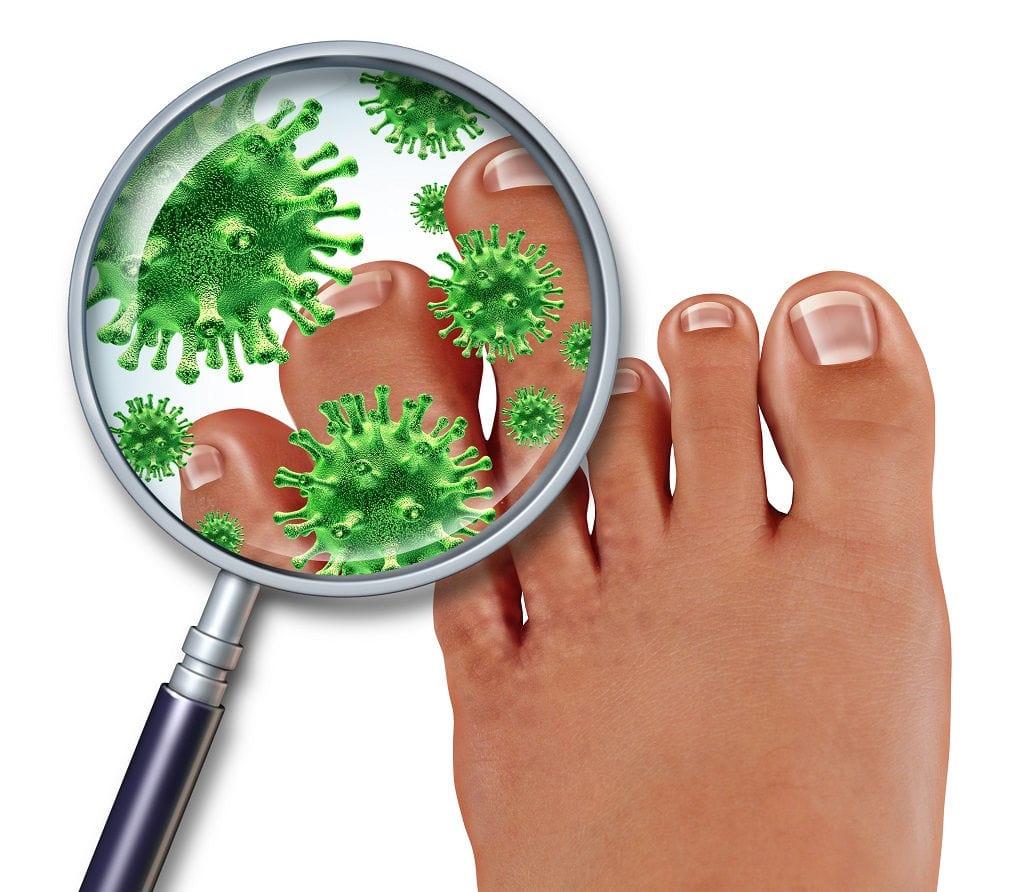
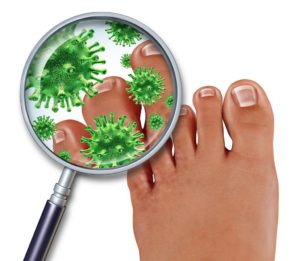
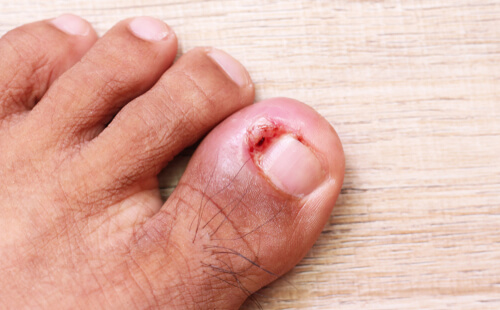
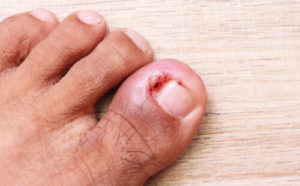 What exactly is an ingrown toenail?
What exactly is an ingrown toenail?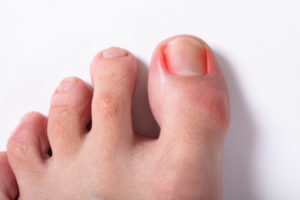
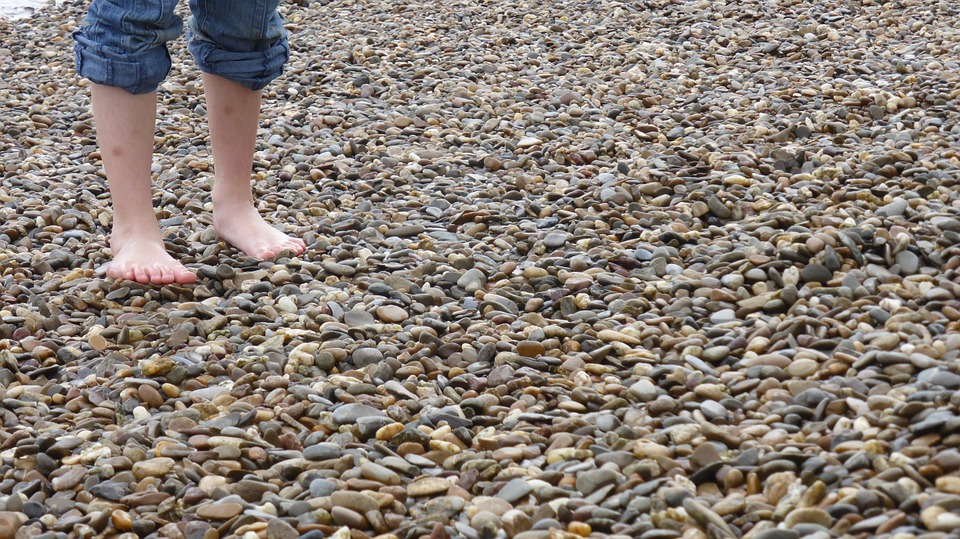
 s to the beach because you are embarrassed by your toenails, this treatment might be for you. Please feel free to contact our office with any questions or to
s to the beach because you are embarrassed by your toenails, this treatment might be for you. Please feel free to contact our office with any questions or to 